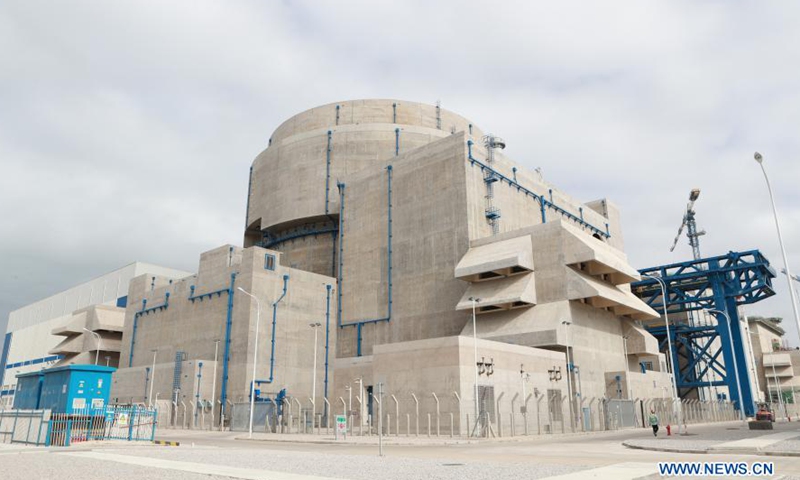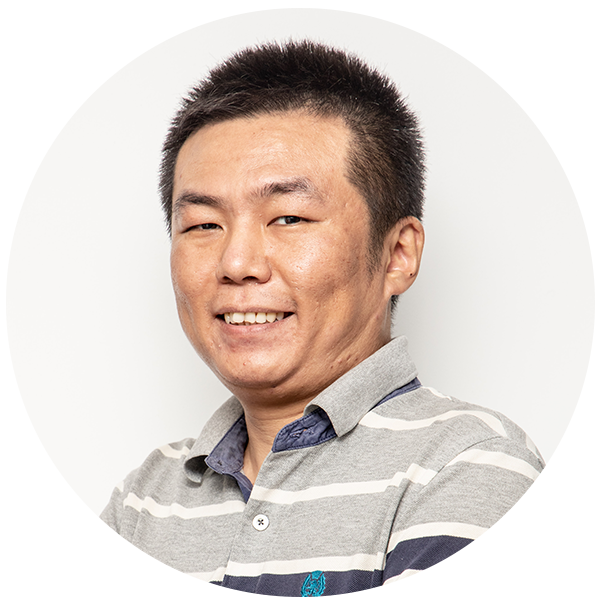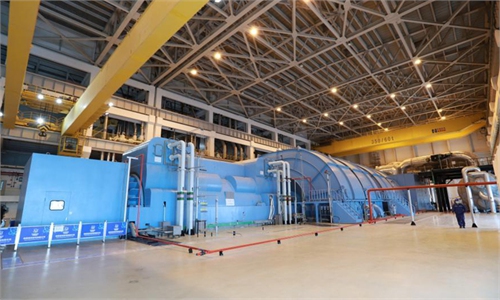SOURCE / INDUSTRIES
Hualong One nuclear tech reactor starts generating power, turns China into a strong nuclear power

Photo shows the exterior of the No.5 nuclear power unit in the city of Fuqing, southeast China's Fujian Province, Nov. 26, 2020. China's first nuclear power unit using Hualong One technology, a domestically developed third-generation reactor design, was connected to the grid at 0:41 a.m. Friday and started to generate electricity, according to the China National Nuclear Corporation.Photo:Xinhua
China National Nuclear Corporation (CNNC) announced its Fuqing-5 nuclear reactor, China's first nuclear power project to use China's Hualong One third-generation nuclear technology, successfully generated power, and was connected to the grid early Friday morning, a milestone in China's transformation from a major nuclear power to a strong nuclear power.
Chinese energy experts said the successful operation of the Hualong One nuclear reactor, which is expected to outperform other completed third-generation nuclear reactors in terms of cost, is of great significance as the success adds confidence to the vital technological export.
Located in Fuqing, East China's Fujian Province, the reactor is China's first nuclear power project to use the Hualong One nuclear technology, which is being used in Pakistan at its K2 and K3 projects in the Karachi nuclear power plant.
The Fuqing-5 was launched in May 2015.
On its WeChat public account, CNNC said the successful connected-grid power generation provides a sound foundation for the commercialization of such reactors, and sets up the best-in-class result in terms of constructing the first reactor for the third-generation nuclear reactor globally.
The successful power generation of the Fuqing-5 reactor marks the addition of a third nuclear power plant in the world utilizing so-called third-generation nuclear technology, with the first two - the Sanmen nuclear plant in East China's Zhejiang Province using the US' AP1000 technology and the Taishan nuclear plant in South China's Guangdong Province installed with France's evolutionary power reactors (EPR) technology, also in China.
The first two nuclear power generators ran into problems as costs surged after the projects faced delays.
Experts said that Hualong One could succeed in the international market and serve as a new solution to the world's resource shortage, and plays a role in China's efforts to reduce carbon emissions.
Wang Dezhong, a professor specializing in nuclear-related technology at the School of Mechanical Engineering of Shanghai Jiao Tong University, said Friday's event is a milestone for homegrown technology, validating its reliability.
"As Chinese leaders have pointed out, the Hualong One is China's national business card in the global market, and, having a successful operation for the Fuqing-5 reactor, is very positive for overseas sales of the technology," Wang told the Global Times on Friday.
Lin Boqiang, director of the China Center for Energy Economics Research at Xiamen University, said because Hualong One is a homegrown technology, that means China can sell it in global markets, unlike the other technologies that can only be used in the construction of nuclear plants in China.
There will also be a cost advantage for the Hualong One, with exclusive intellectual property rights.
CNNC said for the Hualong One, the company and its partners owned over 700 patents, more than 120 software copyrights, one set of international nuclear standards and 411 domestically produced core equipment covering the life cycle of a nuclear power plant.
Experts said that as those are the first projects globally, companies usually spend more time than planned as they turn blueprints into projects. But when a delay happens, financial costs for the projects will soar, easily double the original budgets.
"It is highly likely that the Fuqing-5, utilizing China's proprietary technology, could feature lower costs in power generation than the two other plants," Lin told the Global Times on Friday.
Argentina and Saudi Arabia have shown interest in China's Hualong One nuclear reactors.
CNNC has six reactors utilizing Hualong One technology under construction in China and abroad.


